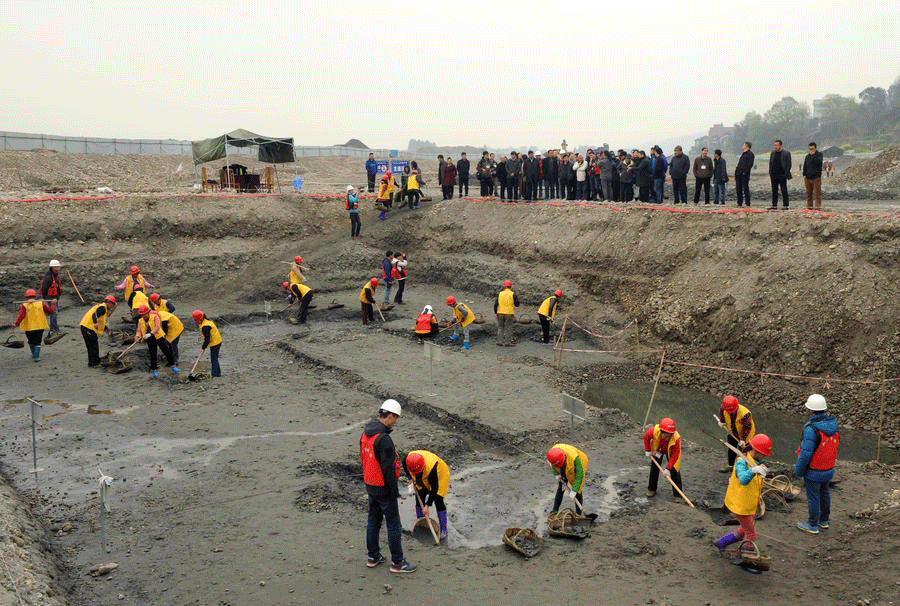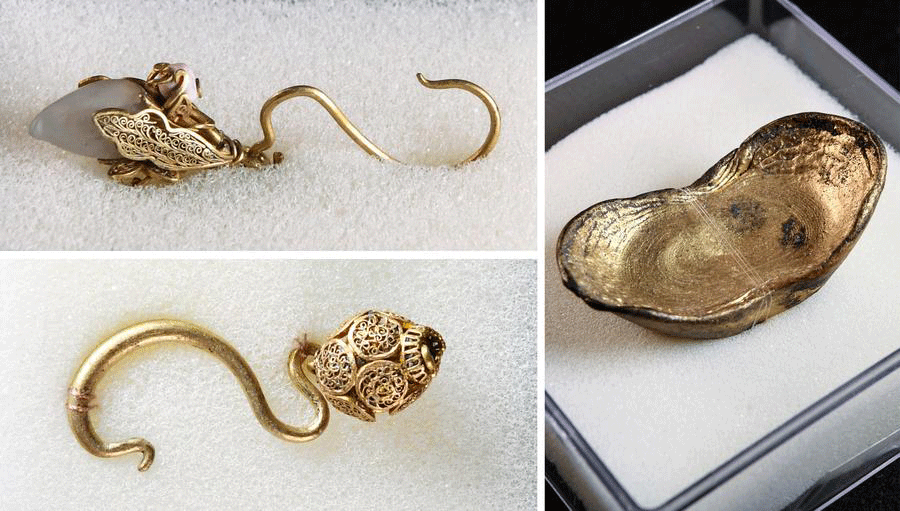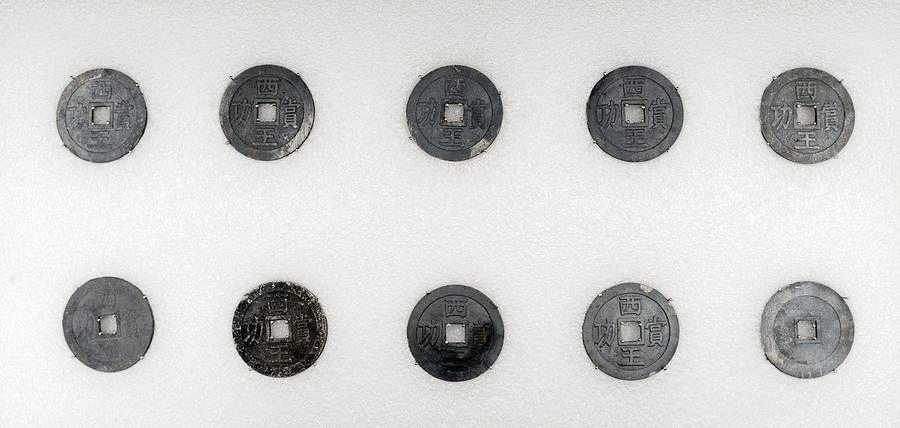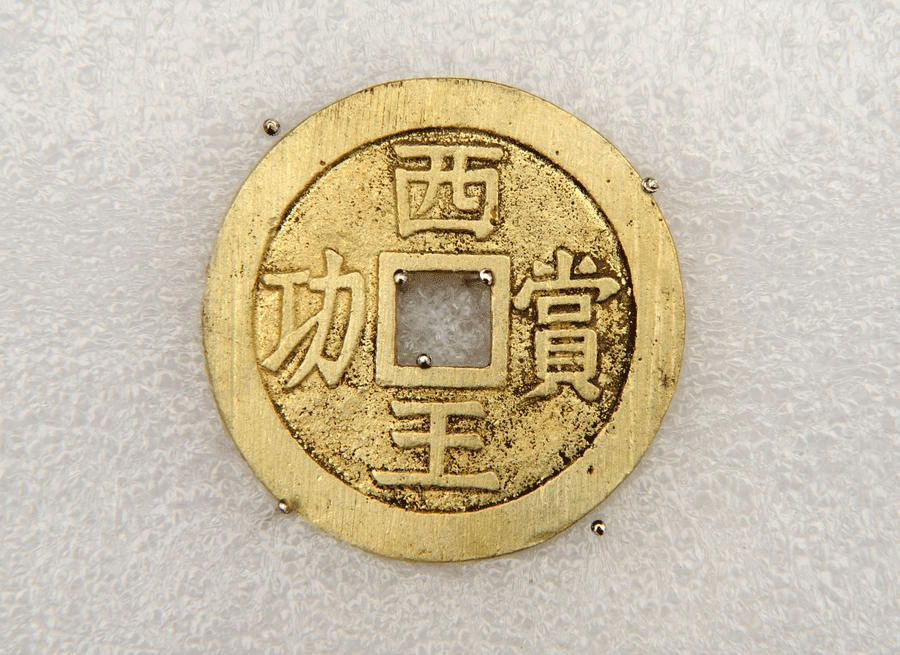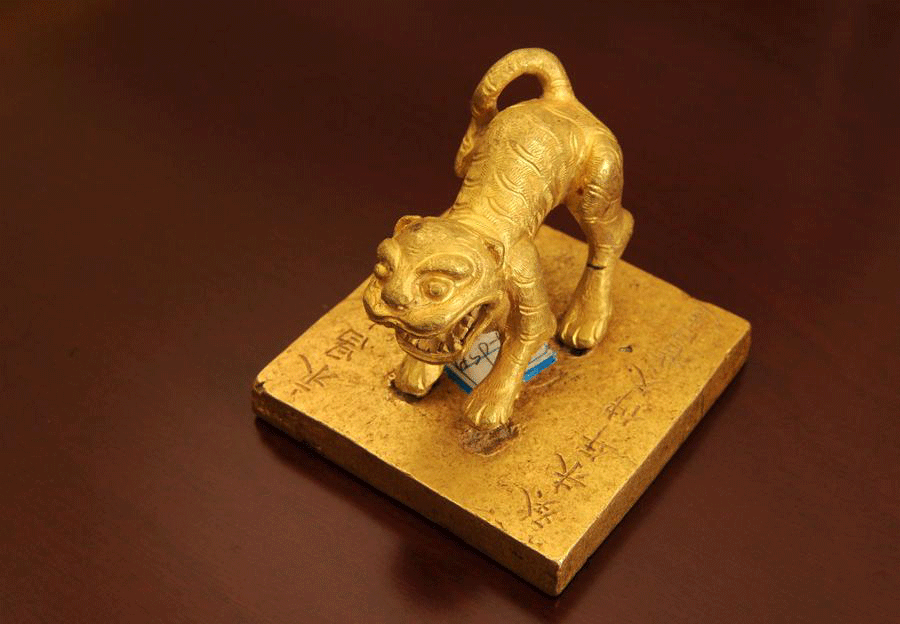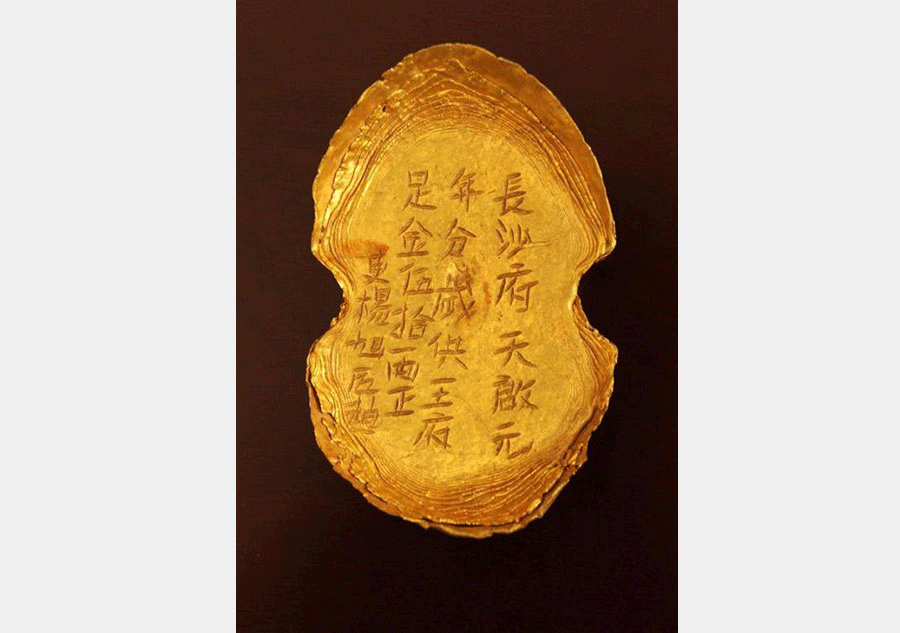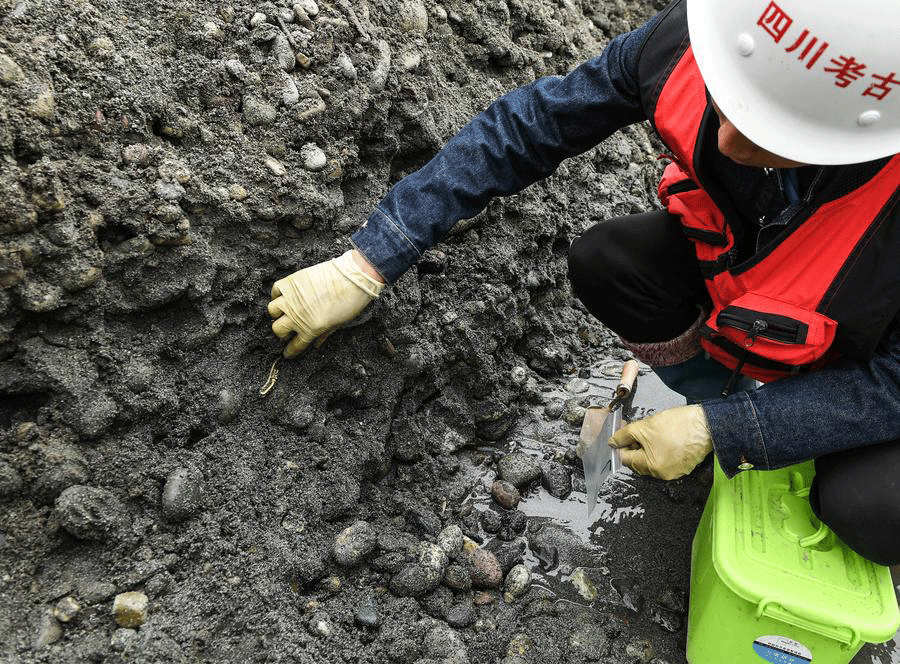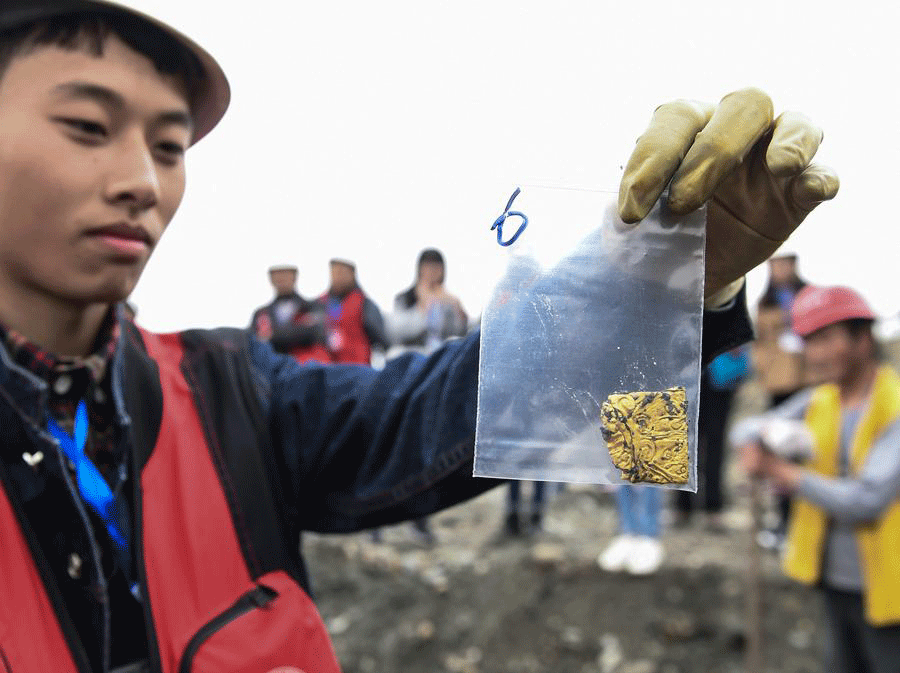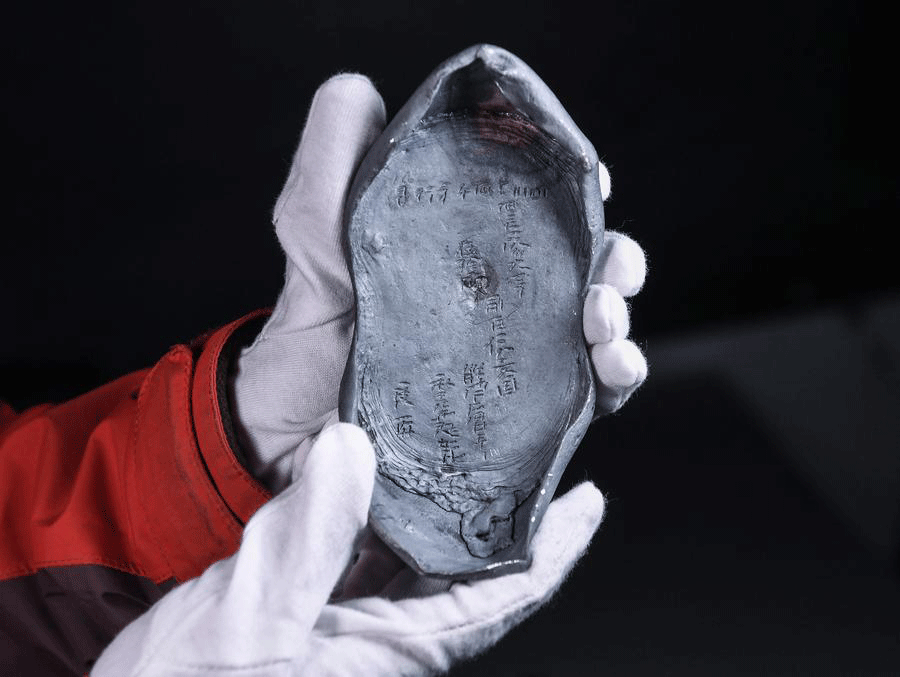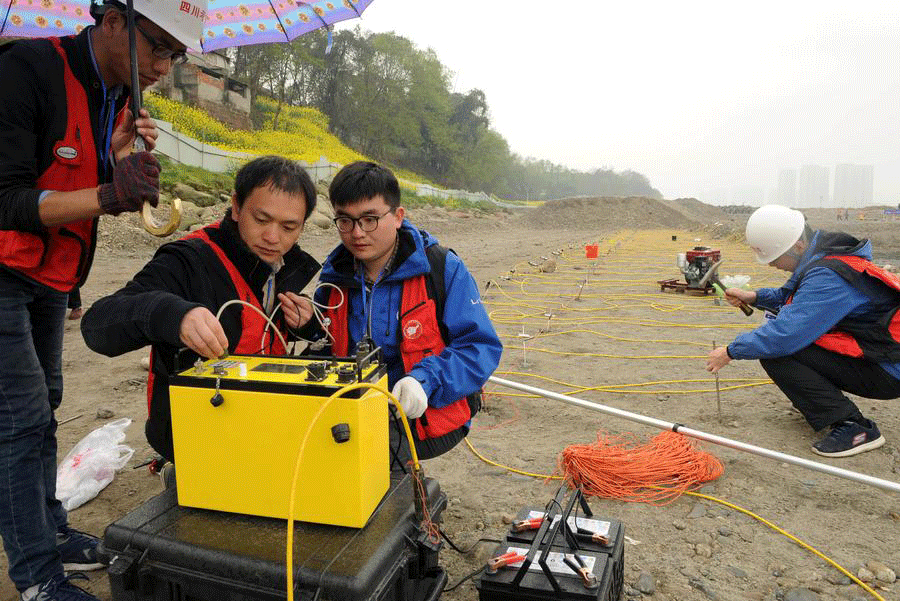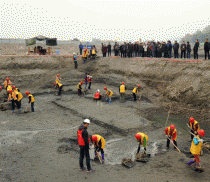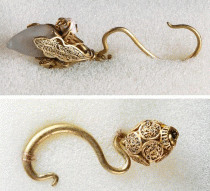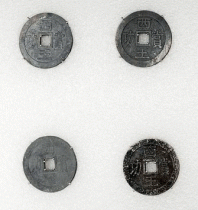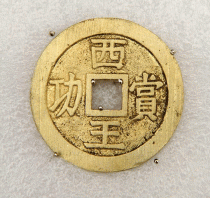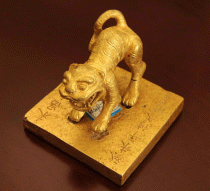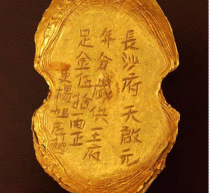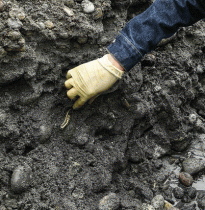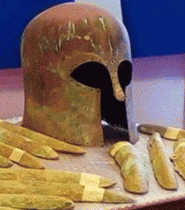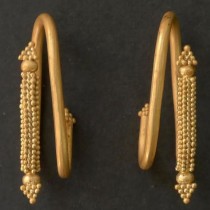Archaeologists in the Sichuan province, China, have discovered over 10,000 pieces of a 17th century treasure at the bottom of a river. The discovery was made at the intersection of the Minjiang and Jinjian rivers, and it comprises gold silver and bronze items, as well as weapons. The items are exceptionally well preserved, with inscriptions on some of them still clearly legible.
The treasure probably sank during a shipwreck in 1646 and belonged to Zhang Xianzhong, who had rebelled against the Ming Dynasty. Legend has it that the rebel had loaded his treasure on vessels to carry them out of the area, when ambushed by soldiers of the Ming Dynasty causing the vessels to sink.
When items started appearing in the black market, authorities realised that looters had been diving into the river extracting items. That’s when archaeologists were sent to conduct legal excavations. In January, during the dry season, archaeologists drained a part of the river and started looking for items in the muddy riverbed. They discovered gold, silver and bronze ingots, artefacts and jewellery. They also retrieved weapons, such as iron swords, spears and knives. The items are exceptionally well preserved. Some inscriptions indicate they were produced under the aegis of Zhang Xianzhong or stolen by him from the Ming Dynasty palaces.
Wang Wei, a Chinese archaeologists, said that the items helped identify the area where the legendary battle took place.
Li Boqian, an archaeologist from Peking University, said the items recovered are extremely valuable and of great significance for research into the political, economic, military and social lives of the Ming Dynasty.
Excavations will continue in April.
